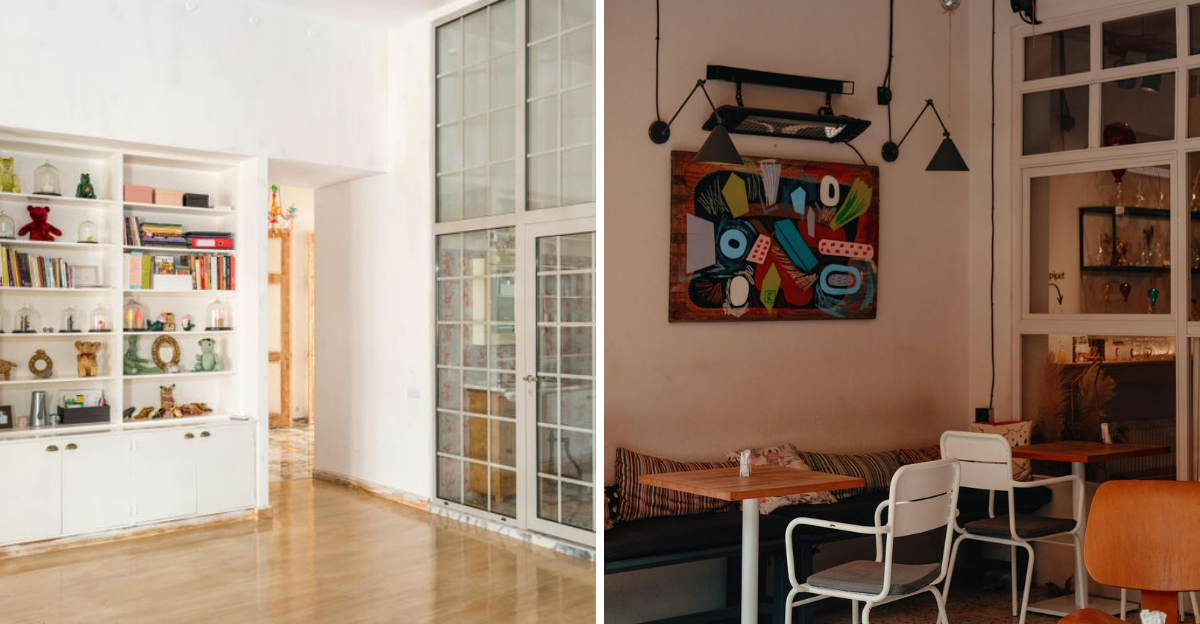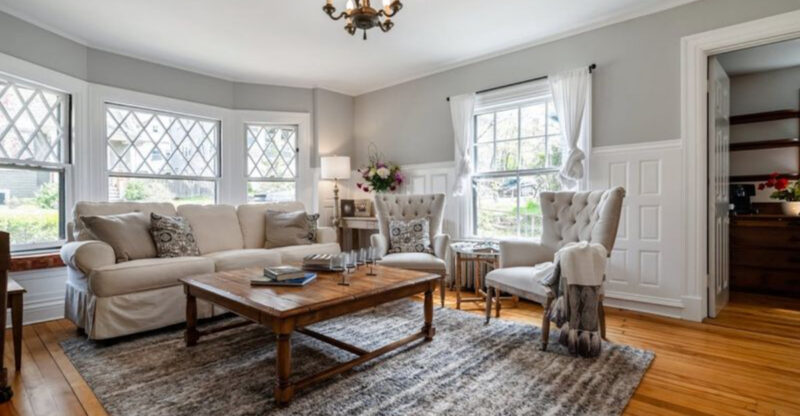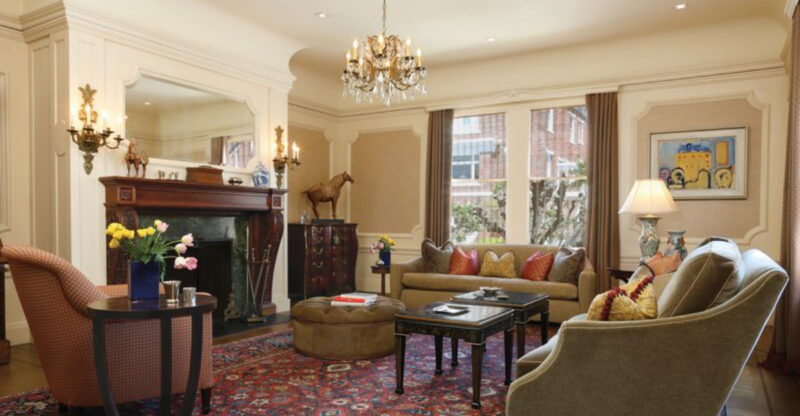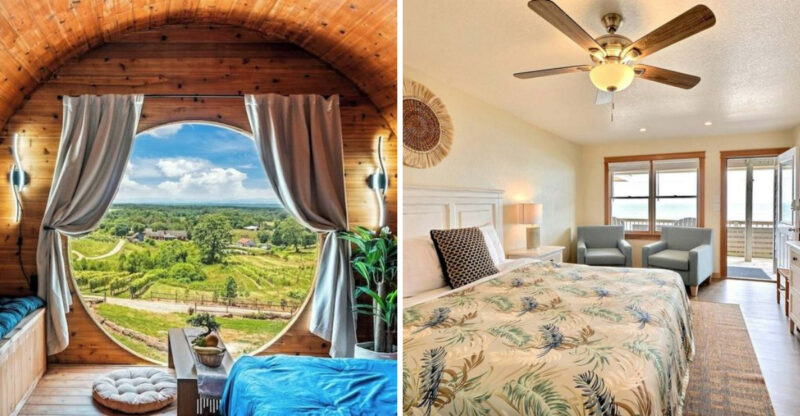A Common Decor Mistake In Small Rooms

Small rooms often come with tricky decorating challenges that aren’t always easy to solve. In tight spaces, even small design decisions can have a big impact on comfort and functionality. A common mistake many people make is filling the room with too much furniture or decor, which only makes it feel tighter.
Here’s a closer look at five decorating missteps that can turn a cozy room into a cramped one. The information in this article is based on general design advice, outcomes may vary depending on room layout, furniture choices, and personal style.
1. Oversized Furniture Overwhelm
That massive sectional sofa might look amazing in the showroom, but it’s eating up all your precious floor space! Bulky furniture pieces create an instant feeling of congestion in compact areas, making navigation difficult and the room feel smaller than it actually is.
Scale matters tremendously in tight quarters. Choose pieces proportionate to your room dimensions, with legs that allow you to see underneath them. This visual openness tricks the eye into perceiving more space. Consider multi-functional options like storage ottomans or nesting tables that offer flexibility without the bulk.
2. Cluttered Wall Syndrome
Gallery walls gone wild! Filling every inch of wall space with art, photos, and decorations chops up visual flow and creates a sense of chaos. When too many items compete for attention, the eye has nowhere to rest, making a small room feel busy and confined.
Strategic placement makes all the difference. Select a few statement pieces rather than dozens of small items. Consider one large-scale artwork that anchors the room or a carefully curated collection with plenty of breathing space between pieces. Remember that negative space is your friend in small room design.
3. Dark Color Suffocation
Rich, dark colors might create drama, but they can make your already modest space feel like a cave. Deep hues absorb light rather than reflect it, visually shrinking walls inward and creating a heavy, oppressive atmosphere in compact areas.
Light works wonders in tight quarters. Opt for pale, reflective colors that bounce natural light around the room. This doesn’t mean everything must be white, soft blues, gentle greens, and warm creams all create an airy feeling. If you crave deeper tones, use them as accents through pillows, artwork, or a single feature wall.
4. Pattern Pandemonium
Wild wallpaper, bold rugs, patterned furniture, and printed curtains all in one tiny room? That’s a recipe for visual overload! Too many competing patterns create a dizzy, chaotic environment that feels cramped rather than cozy.
Balance brings harmony to small spaces. Choose one statement pattern as your focal point, perhaps a striking wallpaper or vibrant area rug, and keep other elements more subdued. Mix in solids and textures that complement your feature pattern without fighting for attention. The key is creating interest without overwhelming the limited square footage you have.
5. Floor-to-Ceiling Blockage
Cutting off sightlines with tall bookcases, room dividers, or high-backed furniture creates visual barriers that chop up the flow of a small room. When you can’t see across or through a space, it immediately feels more confined and boxy.
Transparency transforms tight spaces. Consider glass or acrylic furniture that doesn’t visually block areas behind it. Position taller pieces against walls rather than floating them in the room. Raise curtain rods to ceiling height to create the illusion of taller walls. These simple adjustments maintain precious sightlines that help a compact room breathe.





